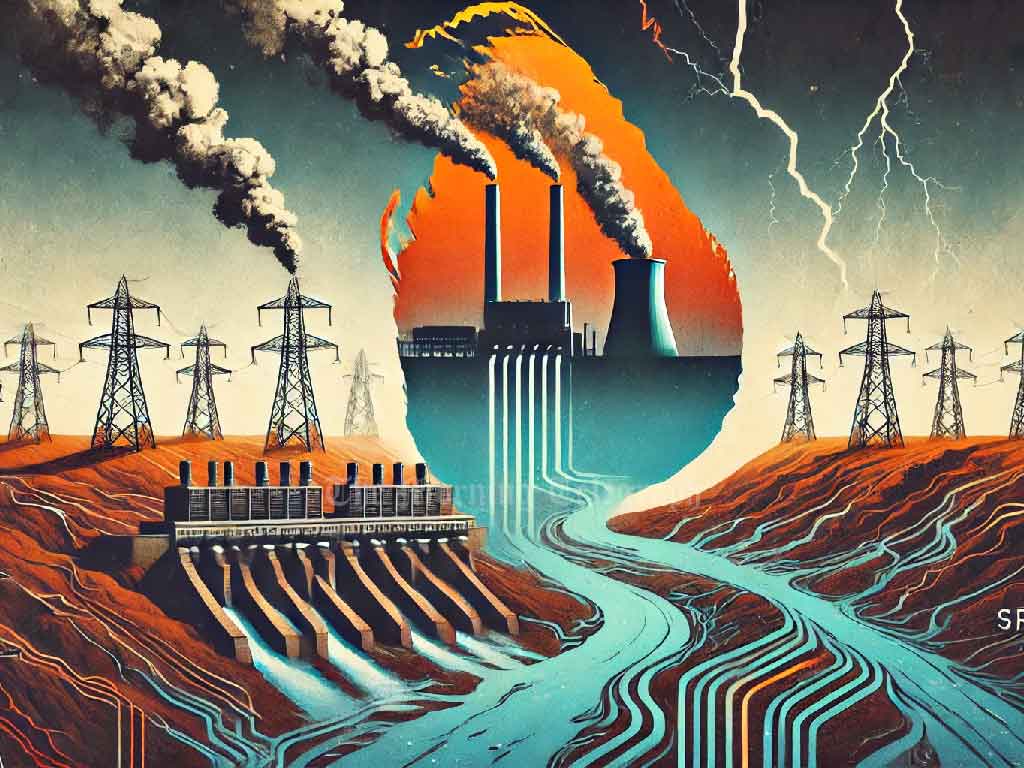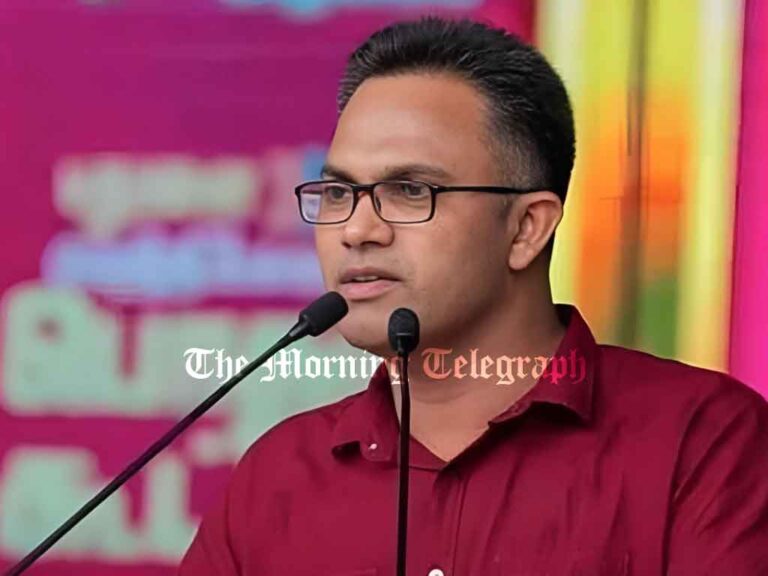
The Ceylon Electricity Board (CEB) has announced that electricity generation from fuel and thermal power plants will be increased until mid-May due to dry weather conditions. As a result, hydropower production will be minimized to preserve water resources for agriculture.
The CEB has also warned that the additional cost of generating electricity from fuel-based power plants will be passed on to consumers. A senior CEB official stated that rainfall levels have been low in February and March, and hydropower production was increased temporarily with approval from the Irrigation Department and the Mahaweli Authority. However, continuing this approach is not sustainable.
The official highlighted that Sri Lanka’s transition to natural gas power plants has been delayed by a decade, and currently, there is no infrastructure to initiate natural gas projects. He added that oil-based power plants could reduce costs by 50% if the country had a proper natural gas system.
At present, 212 small hydropower plants operated by the private sector contribute to the national grid, and around 90,000 households generate electricity through rooftop solar panels. However, despite these contributions, the demand for liquid fuel power plants remains high to ensure energy security.
The Ministry of Energy has also warned of potential power cuts if the Norochcholai coal-fired power plant faces any disruptions. Given this risk, authorities emphasize that new power plants will be essential within the next two to three years to stabilize Sri Lanka’s electricity supply.




